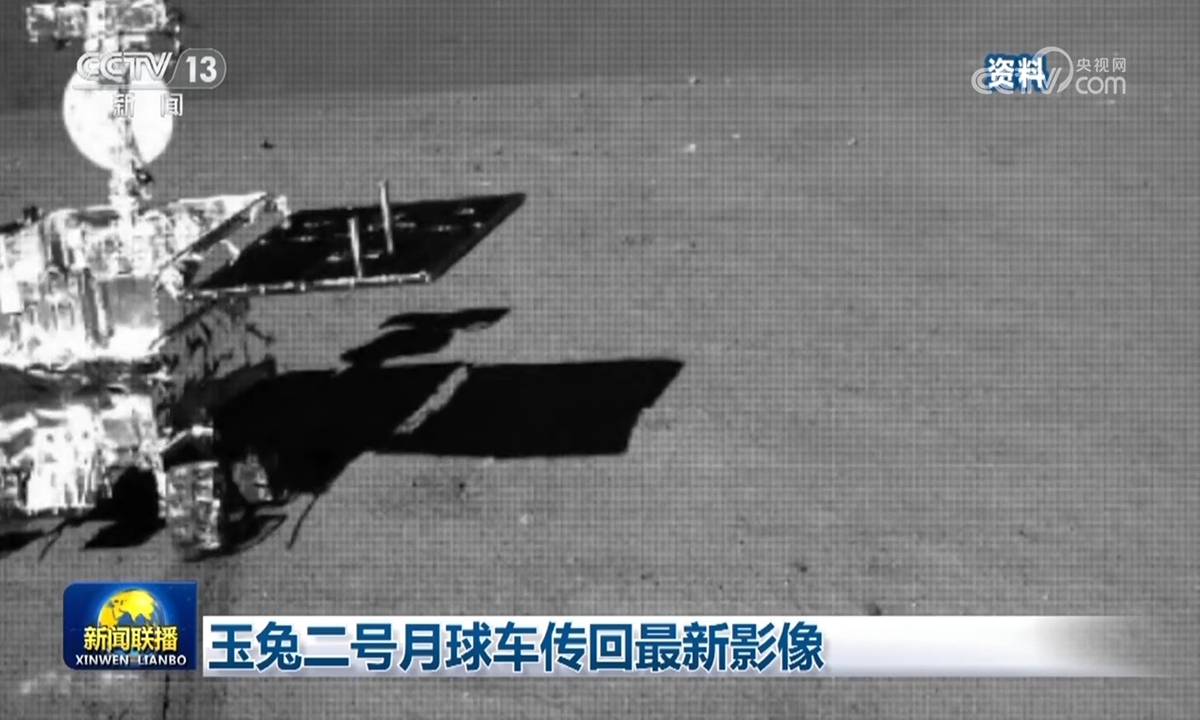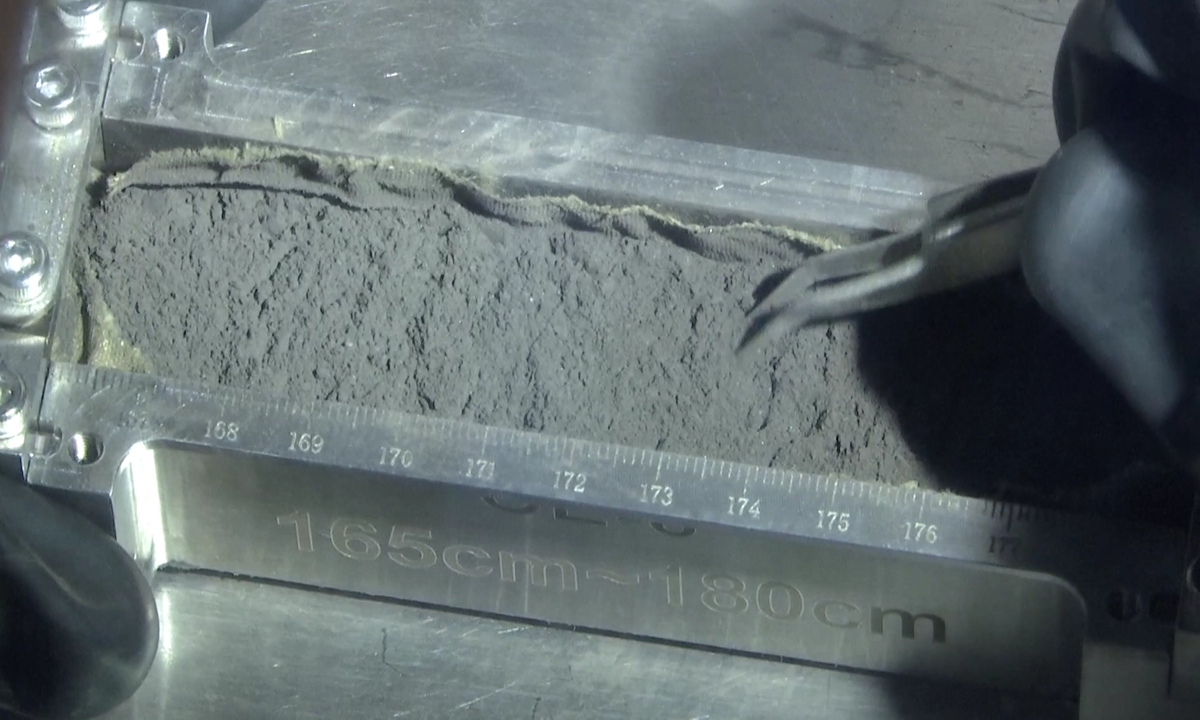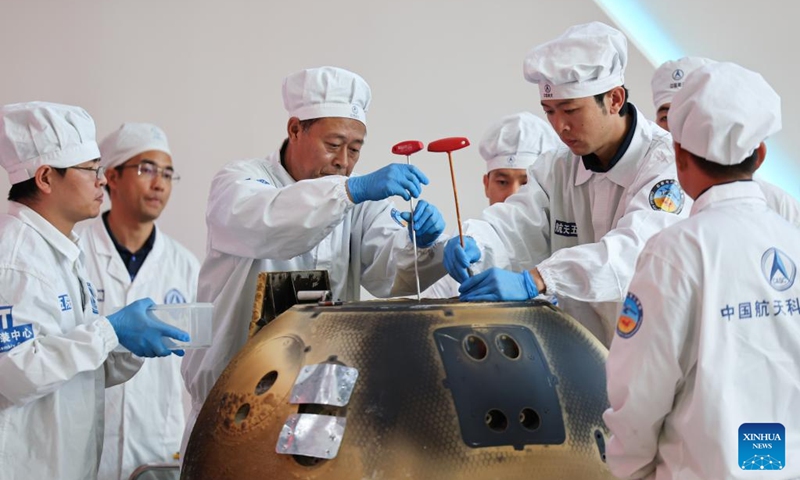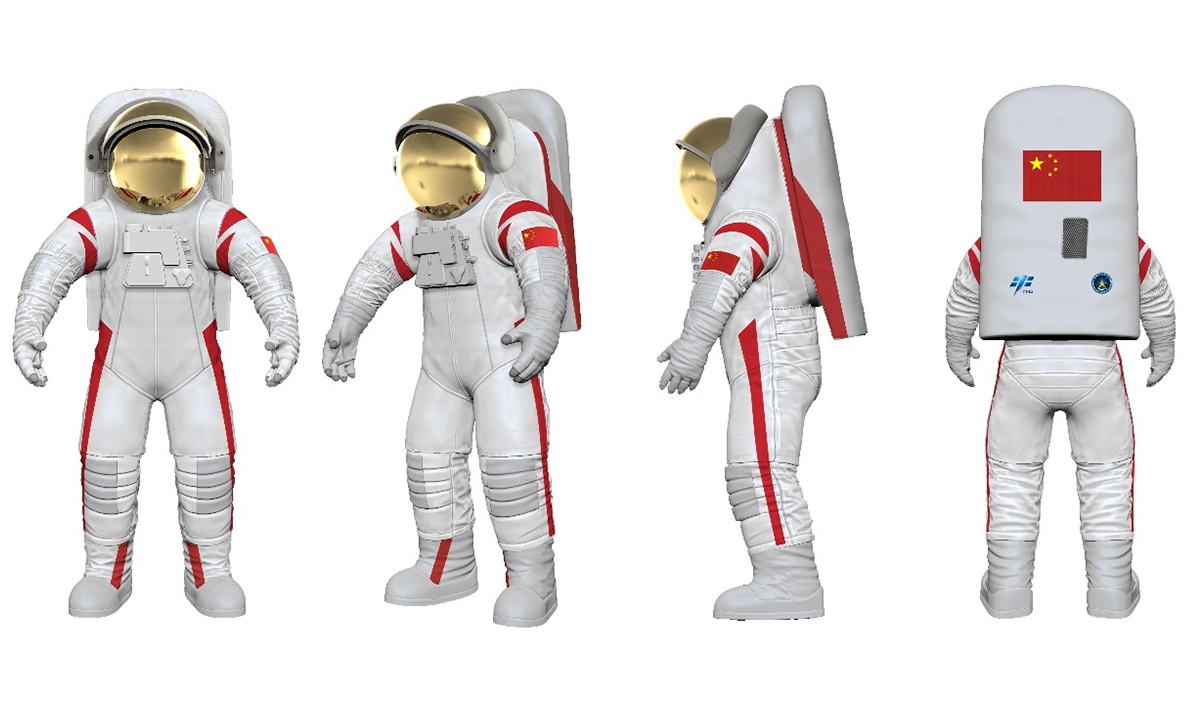China’s lunar spacesuit makes first public appearance in Chongqing; naming campaign launched
Marks key milestone in nation’s exploration of the moon
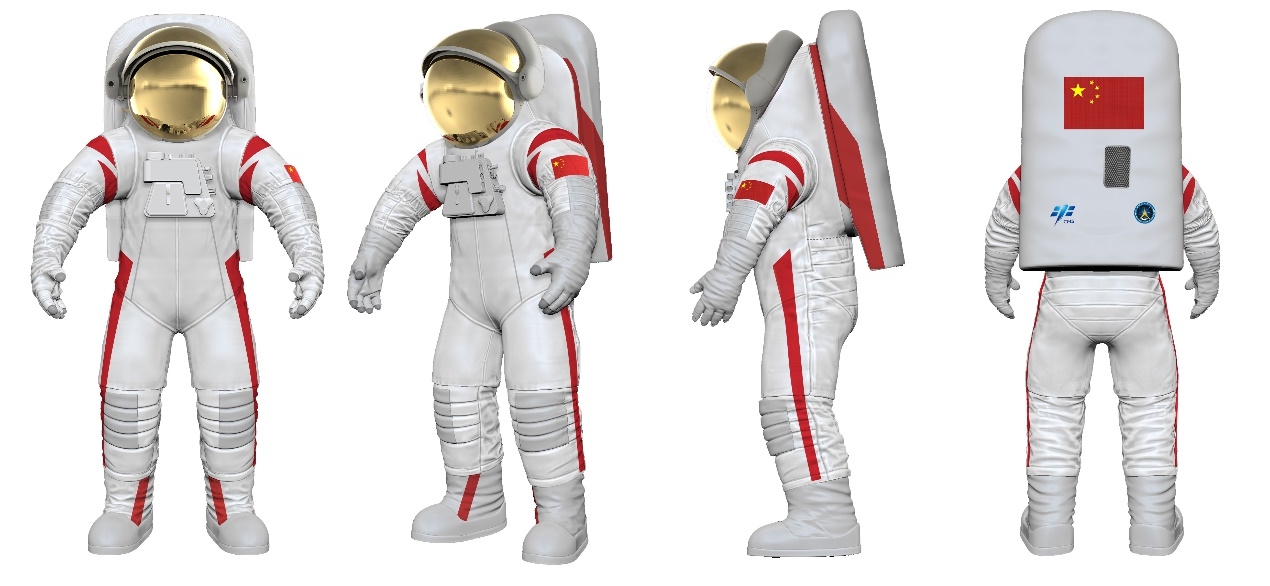
China's lunar spacesuit makes first public appearance at the 3rd Space Suit Technology Forum in Southwest China's Chongqing Municipality on September 28, 2024.
China's lunar spacesuit made its first public appearance on Saturday at a forum in Chongqing. The suit features a powerful yet elegant appearance, and embodies the resilience and pioneering spirit of the Chinese people, according to media reports. The unveiling marks a significant milestone in the country's lunar exploration efforts and reflects the advancement of China's spacesuit technology.
The China Manned Space Agency (CMSA) also launched a naming campaign for the suit during the opening ceremony of the 3rd Space Suit Technology Forum in Southwest China's Chongqing Municipality.
The red decorative bands on the arms and legs emphasize its sleek and powerful design, with the arm bands designed to resemble flowing "Feitian" ribbons - meaning flying deity in traditional Chinese culture - symbolizing grace and elegance, while the leg bands are shaped like the exhaust flames of a rocket, conveying the dynamic energy of space exploration.
Meanwhile, the suit draws inspiration from traditional Chinese armor, embodying resilience, strength, and dignity, reflecting the courage and pioneering spirit of the Chinese people.
Since 2020, the research and development (R&D) of the lunar spacesuit has focused on protection function in complex environments and enhancing astronaut mobility. The design emphasizes miniaturized components, with high safety standards.
The suit's development has achieved numerous technical breakthroughs, establishing a solid foundation for China's first manned lunar mission.
"China's space program is progressing step by step based on its own plans. The debut of our first lunar spacesuit marks the steady advancement of China's manned lunar landing program, indicating that the day when Chinese people set foot on the moon may not be far off," Kang Guohua, a senior member of the Chinese Society of Astronautics and a professor of Aerospace Engineering at Nanjing University of Aeronautics and Astronautics, told the Global Times on Saturday.
Spacesuits are essential for spaceflight, providing life support and operational assistance during launches, re-entry, and extravehicular activities (EVAs). The R&D of spacesuits involves a wide range of scientific disciplines and complex technologies, and only a few countries in the world possess the capability of independently designing and manufacturing spacesuits.
The main differences between lunar suits and regular spacesuits lie in their design and functionality, Kang said. While both are designed for exposure to the harsh conditions of space, including vacuum, microgravity, radiation, and extreme temperatures, the specific working environments on the moon have created distinct requirements for lunar spacesuits.
For instance, regular EVA suits prioritize the flexibility of hands for operations, while lunar suits must allow for greater lower body mobility to facilitate walking, climbing, and conducting scientific activities on the moon's surface. Additionally, lunar suits must address the challenge of lunar dust, which is extremely fine and electrostatically charged, leading to potential damage to the suit. Overall, the requirements for lunar suits are more demanding, Kang noted.
China's EVA spacesuits have successfully supported 35 taikonaut missions. The domestically developed first- and second-generation "Feitian" spacesuits have enabled 17 taikonauts to complete 33 spacewalks, contributing to the construction and efficient operation of China Space Station.
The US revealed its latest lunar spacesuit for the Artemis III program last year that eyes to land astronauts on the lunar surface. It selected a private start-up Axiom Space to provide the spacesuit and supporting systems for the program.
However, only a week ago, the company found itself in "in big trouble," according to Forbes, as it struggled to pay the bills and had laid off at least a hundred employees, while cutting the pay of those who remained, according to the report.
China aims to send taikonauts to the moon by 2030, officials previously revealed. The country's new-generation manned spacecraft Mengzhou, lunar lander Lanyue, and the new-generation manned launch vehicle the Long March-10 have all entered preliminary development stage and have been proceeding smoothly.
